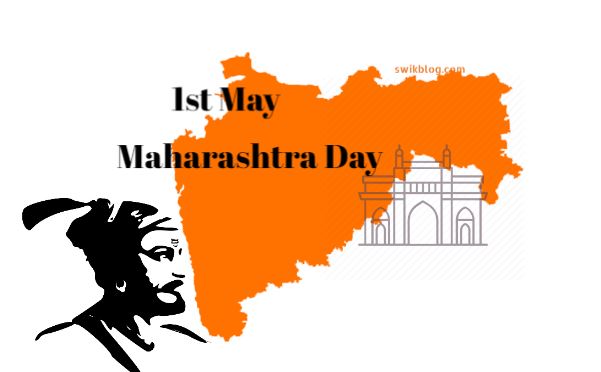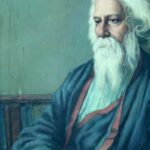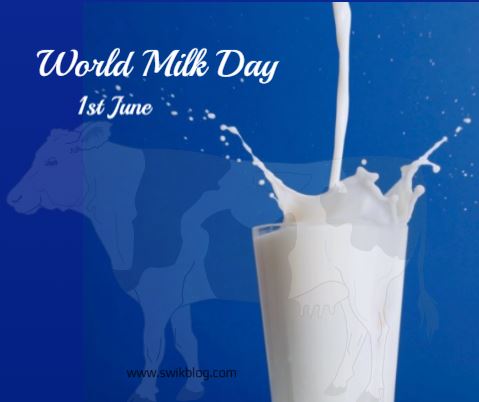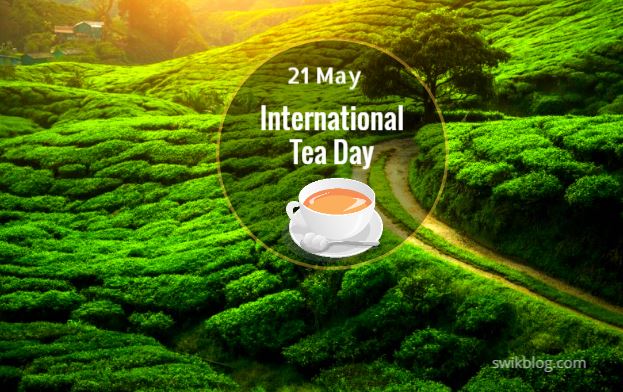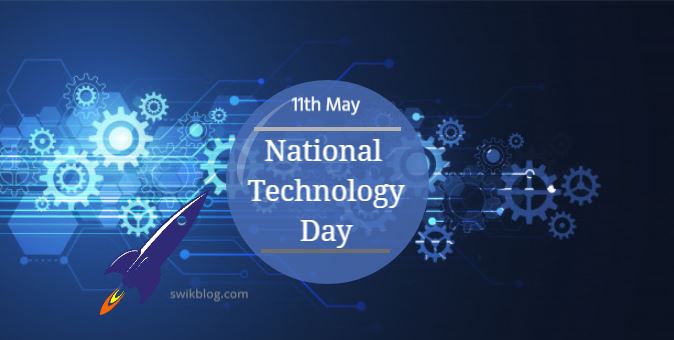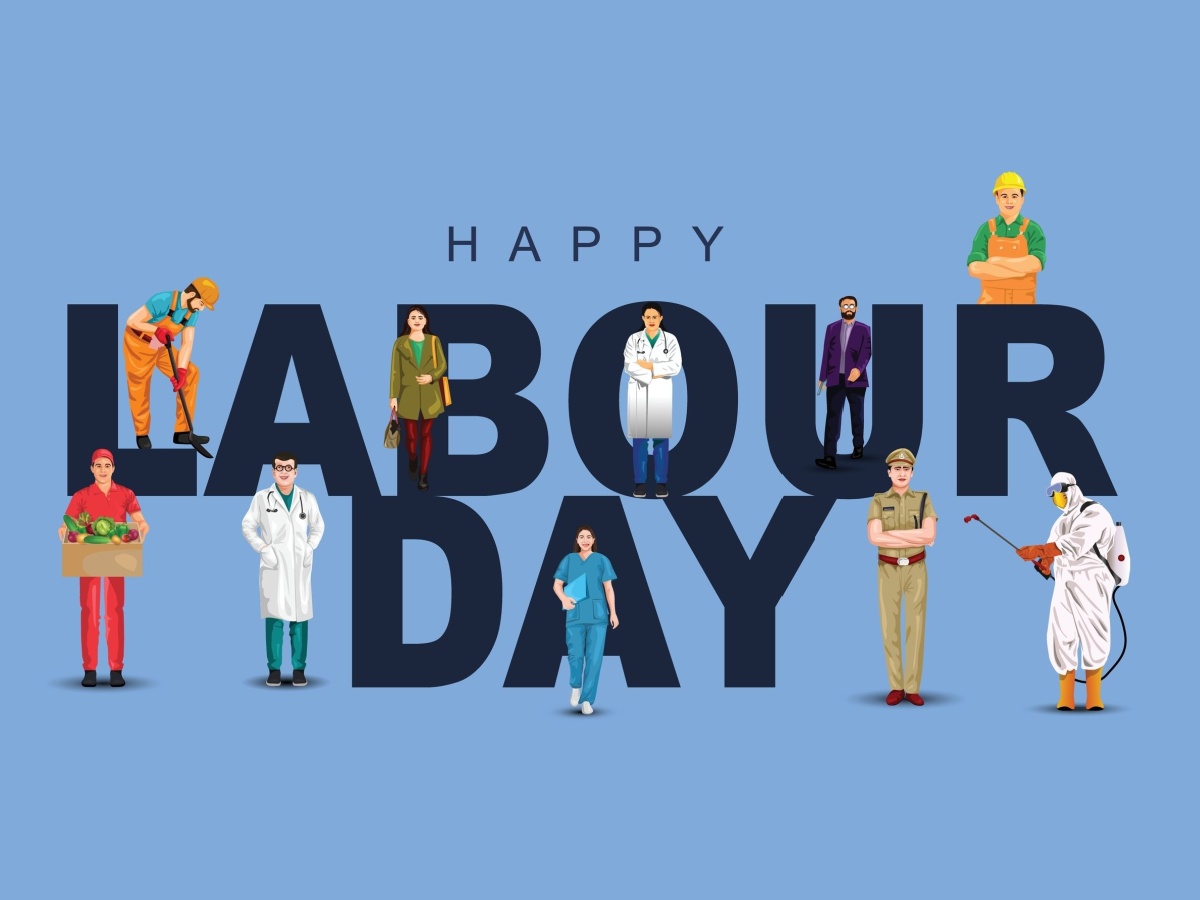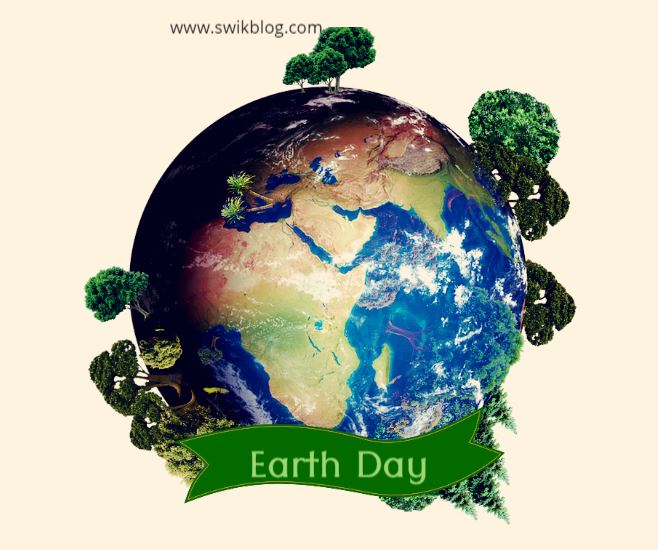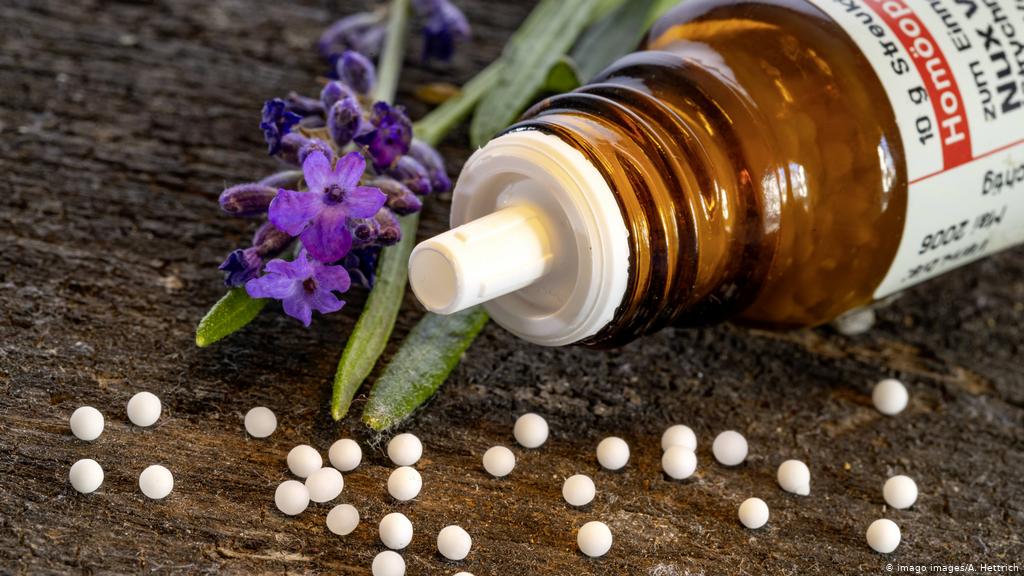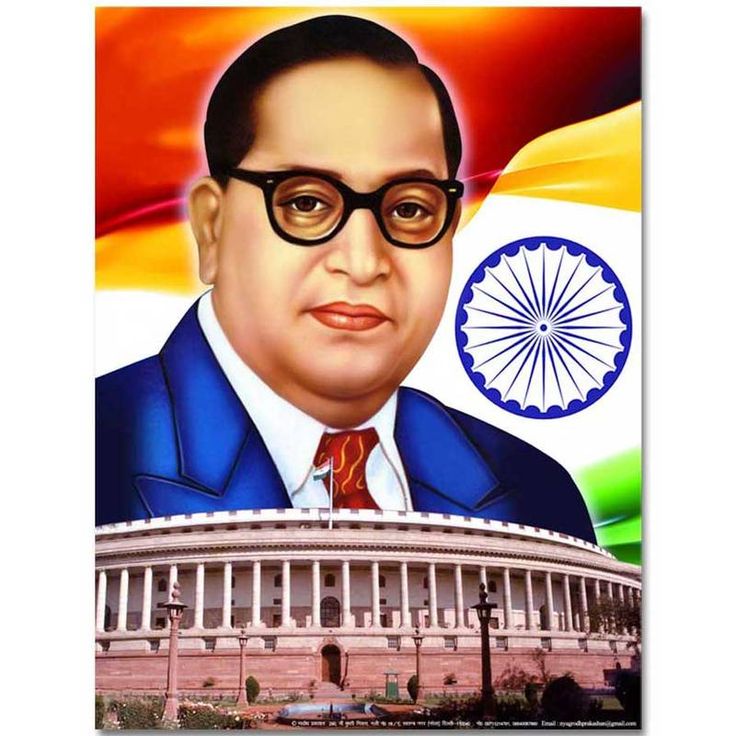Maharashtra Day celebrates the establishment of Maharashtra, a Marathi-speaking state. The State Reorganization Act of 1956 laid down language-based boundaries for states in India. However, this act established the Bombay State, which housed various spheres where people spoke different languages, including Marathi, Gujarati, Kutchi, and Konkani.
In Maharashtra, people celebrate Ganesh Chaturthi in honor of the god of wisdom, Lord Ganesha, who is the most precious.
The Sanyukta Maharashtra Samiti was at the forefront of the Bombay State division into two states: one containing areas where the main speakers were Gujarati and Kutchhi, and the other where the main speakers were Marathi and Konkani. The states of Maharashtra and Gujarat were created as a result of the Bombay Reorganization Act of 1960 passed by the Indian Parliament on 25 April 1960. On 1 May 1960, the act came into force, leading to the annual celebration of Maharashtra Day.
Diversity in Maharashtra
Maharashtra is divided into various parts, including Marathwada, Vidarbha, Khandesh, and Konkan. Each one has its own ethnic identity in the form of different Marathi language dialects, folk songs, food, and ethnicity. Maharashtra is the third largest state of India. The history of Marathi saints, such as Dnyaneshwar, Namdev, Chokhamela, Eknath, and Tukaram, dates back to the Varakari religious movement, which serves as one of the foundations of Maharashtra and Marathi culture.
In the 17th century, King Chatrapati Shivaji Maharaj of the Maratha Kingdom, Maharashtra, had enormous influence over India and his conception of Hindavi Swarajya, which represents people’s self-rule. Some of the deities worshiped by the Hindus of Maharashtra are Lord Ganesha, Maruti, Mahadeo (Shiva), Chandoba, Devi, and Lord Vitthal.
Marathi cuisine
Maharashtrian dishes include distinct parts like pitla, bhakri, bharleli vangi, ukdiche modak, aluchi pata bhaji, thalipeeth, pav bhaji, puran police, shrikhand, basundi, vada pav, nashikchi misal pav, and Mumbai chaat. Often known to have originated from Maharashtra are puneri missal, nagpuri, sambar vada, and selucha chanaare. Breakfast dishes include misal, pohe, upma, sheera, and sabudana khichadi.
Marathi Cinema
Marathi cinema is Indian cinema’s oldest genre. Shree Pundalik, by Dadasaheb Torne, was the first Marathi film released in India on 18 May 1912 at Coronation Cinematography in Mumbai. People regard Dadasaheb Phalke as India’s first film pioneer and producer. For the first indigenous movie, Raja Harishchandra, made in 1913, he took the innovation of moving pictures to India.
Maharashtra tradition wear
Men wear dhoti in Maharashtra with a shirt, and they’re often wearing a headdress, a folded cap made of cotton, silk, or woolen fabric. In Maharashtra, women wear a saree, which is nine yards long, and a short-sleeved blouse, also known as a choli. Wrapping the saree in the middle gives it the appearance of a dhoti.
Dhol-Tasha one of important ingredients of Maharashtra Culture
Basically, ‘Dhol-Tasha’ is a combination of drum devices, and to dance on it with spears (Barchi chi nrutya). It is a rhythmically organized, lively, and disciplined group dance and art form. Dhol tasha pathaks are one of the main highlights of Maharasthe Maharashtra Festival. In addition to men, women participate in the processions in Dhol-Tasha and lead them with great enthusiasm and strength.People commonly regard the dhol as both a mangal vadya (celebratory instrument) and a ran vadya (instrument for encouragement during a battle).
Swikriti Dandotia
